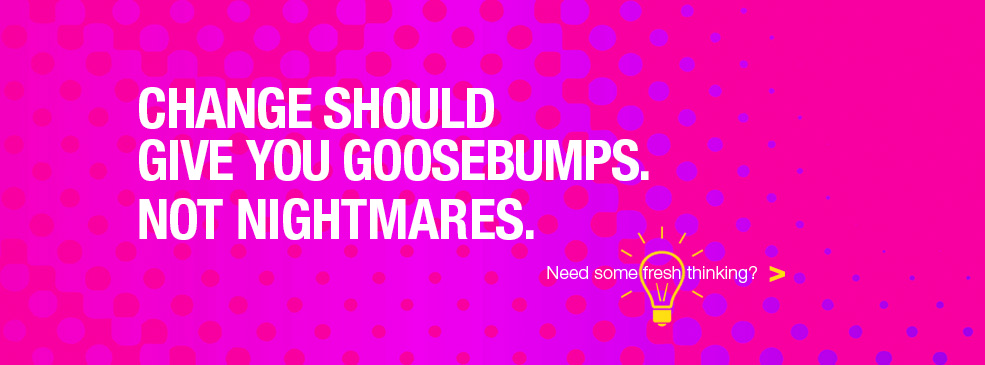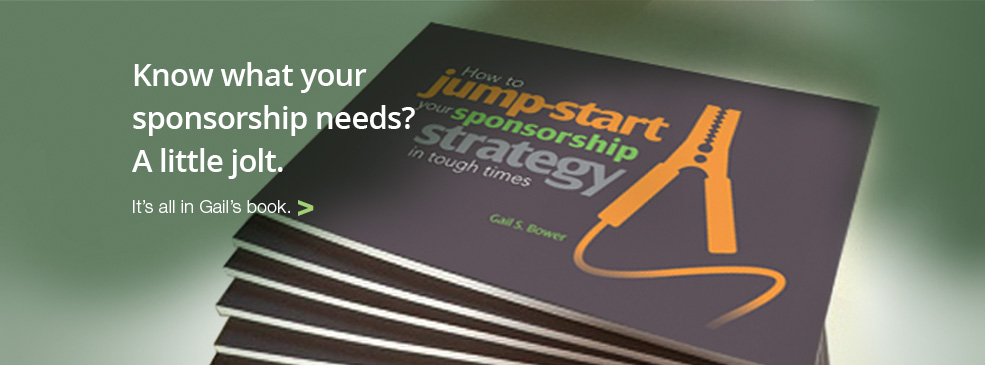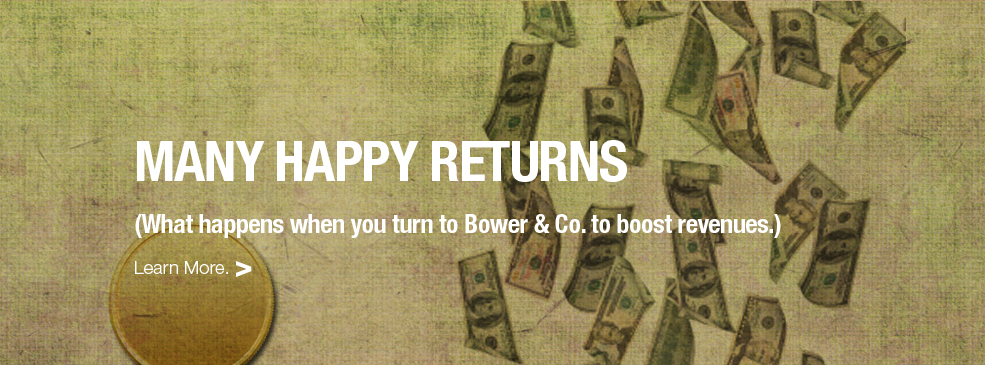As the marketplace evolves and our customers, donors, members, visitors, and constituents become more sophisticated, our need to evolve our organizations becomes an imperative, too.
In the business world for decades now, companies have been applying strong strategic focus on the experiences customers have with their brands or services. Bernd H. Schmit codified these ideas and approaches in 1999 with his book Experiential Marketing, now sadly a collectible in Amazon for 1¢ in its used section. It's still an important book — perhaps more so with generations now so glued to screens that they're missing real life experiences.
(Have you seen the Toyota commercial where the helpful Toyota dealership employee, Jan, encourages a customer who's spent hours researching cars online to take a test drive?)
It's time for nonprofit leaders to pay attention to and capitalize on this practice. I can think of many experiences with organizations that have been in the underwhelming to not-so-good end of the spectrum. Here are three places to start.
How's the Experience of These 3 Operations in Your Organization?
Material Donations
True confession: I place a little too much sentimental value on certain material goods — favorite clothes, gifts people have given, good books, household objects. Fortunately I live in a loft with a minimalist, so being a hoarder is out of the question. That said, I'm nowhere near being a minimalist.
When I work up the gumption to clear some clutter — a task I loathe! — I pack up my gently used treasures and head over to a charity that accepts such objects and imagine the new life these things will have with someone who really needs them. The problem is the experience of donating material goods is pretty awful, especially for a sentimentalist.
Your stuff goes in dumpsters or trash bins — or the equivalent. The staff or volunteers pretty much ignore you. And there are so many other boxes, bags, and piles of other people's things that you don't feel like you're doing anything special or useful. To the contrary, you feel like you just drove trash to a location, instead of putting it out on the curb.
We need to work on this. People want to feel that their donations are helping people, are necessary, and that in a small way they've made the world a better place. Not that they have just dropped off garbage.
Financial Contributions
Here's another problem area. There are some organizations that are truly grateful for your financial contribution. I've donated to others where you receive no personal acknowledgement. Instead, you're placed on the email newsletter list, getting news you can't use.
As my grandmother taught me, if you can't take the time to thank someone for a gift, donors soon won't take the time to send you one.
Volunteerism
The volunteer experience is also one that needs an upgrade. I remember volunteering as a project captain for a disaster of a project. The job was too big and overarching for the time alloted; other volunteers did not show; the facility was ill-prepared; and the coordinating organization for this and other volunteer projects was MIA.
Frankly both parties could do a better job with this. Sometimes people who volunteer aren't always reliable or as well-intentioned as an organization would prefer. And organizations sometimes put little thought or effort into creating a great experience for volunteers.
Take a look at your operations in these areas. Have someone mystery shop the experience and provide feedback. How does it feel to be a donor or volunteer? Are you engaging individuals? Is your brand coming alive through these experiences? Or are you buliding your brand through your marketing operation and undermining it through these or other operations?










 January 3, 2016
January 3, 2016